How Do Automakers Plan to Cope With Their Upcoming Nightmare?

On Wednesday, we reported General Motors’ plan to buy out salaried employees as part of a long-term cost-cutting strategy, with further reductions in headcount looking likely. Despite its healthy profits, GM knows industry forecasters predict a period of economic hardship and continuously dwindling car sales. OEMs need as much money as they can cling to in order to weather the costs associated with advancing their collective shift into electrification and autonomous vehicles, while at the same time preparing for a global trade war.
A bad moon is rising and every manufacturer needs a way to cope.
Ford choose to abandon models with lower profit margins, focusing primarily on cash-friendly trucks and utility vehicles for the foreseeable future. While General Motors also benefited from strong pickup and SUV sales, it also saved a bundle via ongoing cost-cutting measures. However, GM also saw its global retail sales fall 15 percent over the last quarter. The Chevrolet Cruze, which suffered a 26.5 percent sales decline this year, has a factory in Ohio that only operates at 30 percent capacity, necessitating only a single shift.
Volume and vehicle profits aren’t the only thing worrying automakers. There’s also share price performance (ask Mark Fields if you don’t believe us), and most automakers haven’t done so well on this front in 2018. GM’s self-driving ambitions helped stimulate sizable investments from SoftBank and Honda, but they’re largely dependent upon delivering the goods in a timely manner.
Most automakers, GM included, have watched their stock valuation shrink in 2018. In fact, the only one to see a sizable increase was Tesla. Meanwhile, Japanese manufacturers are also seeing investors get skittish, only to a lesser degree than the likes of Ford or General Motors. This may be due to not diving headlong into electro mobility or ransacking their lineup to adhere to present-day consumer tastes and the hypothetical self-driving tomorrow. But it also might be due to their innate flexibility.
General Motors might shoot the moon in terms of profits if it can get autonomy, electrification, and data to work in its favor. Ford, which has similar goals, could also be in line for a healthy future payout. But they’ll both have wasted a fortune if things don’t shake out as planned, and could become crippled if a sudden fuel crisis obliterates truck sales in the West. Japanese automakers have taken a safer approach, placing an added emphasis on flexibility in these uncertain times.
Honda designed the CR-V and Civic so they could be put together on the same line, which is exactly what happens at the assembly plant in Greensburg, Indiana. If car sales continue to slide, they’ll simply build more sedans. Likewise, Nissan’s facility in Smyrna, Tennessee, which builds six models, uses a system of lights that clues workers in on what parts to use for the next vehicle. That way, if one model sees a decline in demand, Nissan can simply bolster output of another model. Reuters reports that this system helped vehicle throughput. Smyrna produced 623,000 vehicles, more than 97 percent of its total capacity, last year, and is running over 90 percent now.
European and, to a lesser extent, American brands also see plenty of platform sharing and co-optive line work, but it’s the Asian companies that seem to have mastered line flexibility. However, drawbacks exist in pursing this strategy en masse — less specialized vehicles being the most noteworthy. That said, if you’re saving a fortune on building your most popular models, you can often afford to offer something more interesting on the side.
One thing no automaker has been able to master is global demand. North America appears to have surpassed peak demand and China, which was expected to be a growth market for at least the next decade, recently saw its auto sales weaken by an alarming amount. Meanwhile, the United States is threatening increased tariffs on imported models while China has already dumped 40 percent on American exports. Figuring out where to build cars will soon be as important as deciding how to manufacture them.
[Image: Nissan]

A staunch consumer advocate tracking industry trends and regulation. Before joining TTAC, Matt spent a decade working for marketing and research firms based in NYC. Clients included several of the world’s largest automakers, global tire brands, and aftermarket part suppliers. Dissatisfied with the corporate world and resentful of having to wear suits everyday, he pivoted to writing about cars. Since then, that man has become an ardent supporter of the right-to-repair movement, been interviewed on the auto industry by national radio broadcasts, driven more rental cars than anyone ever should, participated in amateur rallying events, and received the requisite minimum training as sanctioned by the SCCA. Handy with a wrench, Matt grew up surrounded by Detroit auto workers and managed to get a pizza delivery job before he was legally eligible. He later found himself driving box trucks through Manhattan, guaranteeing future sympathy for actual truckers. He continues to conduct research pertaining to the automotive sector as an independent contractor and has since moved back to his native Michigan, closer to where the cars are born. A contrarian, Matt claims to prefer understeer — stating that front and all-wheel drive vehicles cater best to his driving style.
More by Matt Posky
Latest Car Reviews
Read moreLatest Product Reviews
Read moreRecent Comments
- Dartman EBFlex will soon be able to buy his preferred brand!
- Mebgardner I owned 4 different Z cars beginning with a 1970 model. I could already row'em before buying the first one. They were light, fast, well powered, RWD, good suspenders, and I loved working on them myself when needed. Affordable and great styling, too. On the flip side, parts were expensive and mostly only available in a dealers parts dept. I could live with those same attributes today, but those days are gone long gone. Safety Regulations and Import Regulations, while good things, will not allow for these car attributes at the price point I bought them at.I think I will go shop a GT-R.
- Lou_BC Honda plans on investing 15 billion CAD. It appears that the Ontario government and Federal government will provide tax breaks and infrastructure upgrades to the tune of 5 billion CAD. This will cover all manufacturing including a battery plant. Honda feels they'll save 20% on production costs having it all localized and in house.As @ Analoggrotto pointed out, another brilliant TTAC press release.
- 28-Cars-Later "Its cautious approach, which, along with Toyota’s, was criticized for being too slow, is now proving prescient"A little off topic, but where are these critics today and why aren't they being shamed? Why are their lunkheaded comments being memory holed? 'Who controls the past controls the future. Who controls the present controls the past.' -Orwell, 1984
- Tane94 A CVT is not the kiss of death but Nissan erred in putting CVTs in vehicles that should have had conventional automatics. Glad to see the Murano is FINALLY being redesigned. Nostalgia is great but please drop the Z car -- its ultra-low sales volume does not merit continued production. Redirect the $$$ into small and midsize CUVs/SUVs.

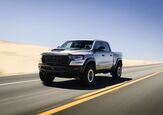

















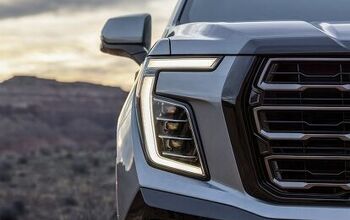

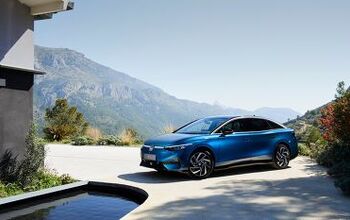
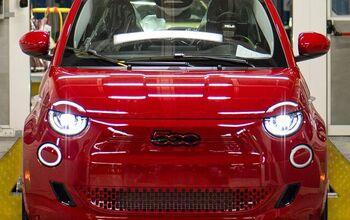
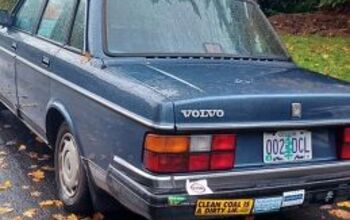
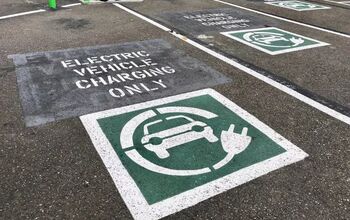
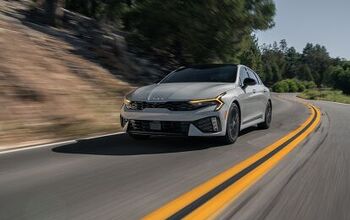





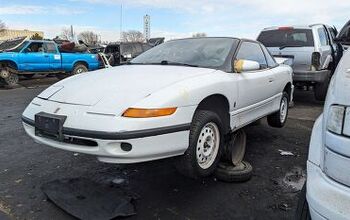
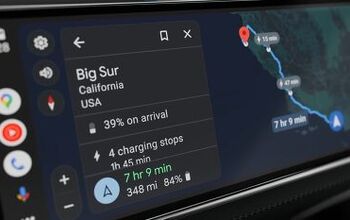
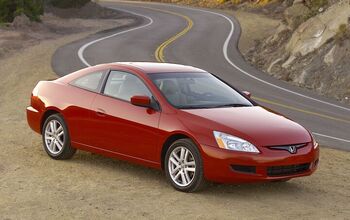
Comments
Join the conversation
FCA is building what the market wants - the 2019 RAM as one example.
" If car sales continue to slide, they’ll simply build more sedans." Good strategy.